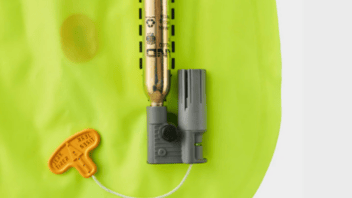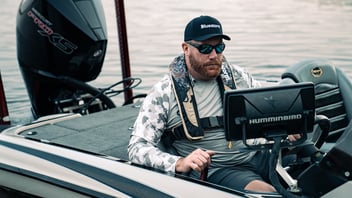Whether you’re a watersports pro or a lake weekend novice, having the right life jacket or PFD (personal flotation device) shouldn’t be overlooked — it’s essential to your safety and wellbeing. Regardless of what you’re doing on the water, it’s important to understand the difference between life jackets and PFDs, the different types and what they do, and how to choose the optimal size. Let’s face it, there’s nothing worse than getting out on the water unprepared.
What’s the Difference Between a Life Jacket and a PFD?
People are usually familiar with the concept of a life jacket, even if they don’t spend their summers on the lake or near other bodies of water. A PFD may not ring a bell as commonly. Despite popular thought, life jackets and PFDs are actually not the same things. While it may sound confusing, all life jackets are considered PFDs, yet not all PFDs are considered life jackets. Here are some identifying elements of each to help differentiate one from another.
Life Jackets
Life jackets are intended to do just what their name suggests. They aren’t focused as much on comfort as they are on the sole purpose of saving lives, which is why most people tend to have a negative association with wearing one. Despite what your opinion might be, one thing is certain — in the event of an emergency, you’d much rather be wearing a life jacket than nothing at all.Life jackets are commonly relied on by weaker swimmers. They’re typically made from bulky foam padding that provides efficient protection and buoyancy. The main differentiator between life jackets and other flotation devices is that they are meant to turn you face-up while in the water. This is due to the possibility that someone who is knocked unconscious or lacks swimming skills can remain above the surface to breathe. They often come in neon orange, red, or other bright colors to help identify someone wearing one in the water.

PFDs
PFDs are considered the more agile cousin of the life jacket. Brought on by the modern desire for agility people crave while on the water, PFDs offer lighter, more compact safety features that improve mobility and comfort. Due to this, PFDs can come in foam or inflatable forms and are ranked by different flotation levels — Type I, Type II, Type III, Type IV, and Type V. Despite the varying forms and types, personal flotation devices are still meant to be included or worn on all your nautical outings.
Type I PFD
Type I PFDs are used for rough, remote waters or areas where it could take longer to be rescued. These high-coverage devices are most buoyant and will turn an unconscious person face-up in the water. They typically contain bulky padding and insulation to protect wearers for long durations of time and from hypothermia. Chances are, you’ve probably never worn a Type 1 PFD unless you’ve been on a cruise ship, commercial vessel, yacht race, or in international waters.
Minimum Buoyancy: 22.5 lbs (Foam) | 33.7 lbs (Inflatable)
Type II PFD

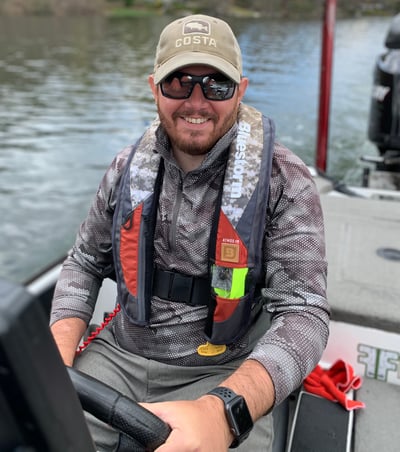
Type II PFDs are less bulky because they’re made for calmer waters and places where fast rescue is more likely. These will turn some unconscious wearers face-up depending on their weight. They’re typically more comfortable and offer increased mobility compared to a type I PFD.
Minimum Buoyancy: 15.5 lbs (Foam) | 33.7 lbs (Inflatable)
Type III PFD
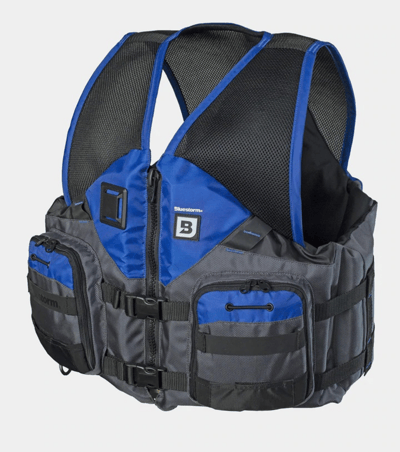

Type III PFDs are the best alternative to a traditional life jacket. Similar to type II PFDs, they tend to be more comfortable, less bulky, and offer more mobility. Type III PFDs are great for kayaking, canoeing, paddleboarding, and watersports that require frequent arm or torso movement.
Minimum Buoyancy: 15.5 lbs (Foam) | 22.5 lbs (Inflatable)
Type IV PFD
Type IV PFDs aren’t actually meant to be worn at all. Instead, they’re emergency PFDs that can be thrown out to a drowning person who is conscious and struggling in the water. Examples of this type of PFD would be foam life rings or cushions.
Minimum Buoyancy: 16.5 lbs (Foam)
Type V PFD
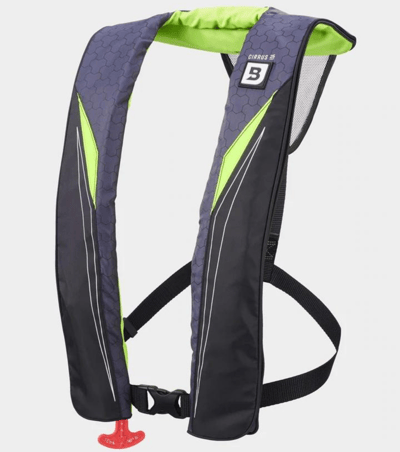
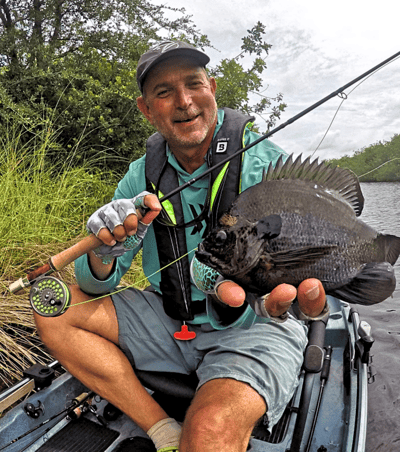
Type V PFDs are special use life jackets, and in most cases, fall outside the ordinary person’s requirements for a flotation device. Type Vs are typically used when canoeing, kayaking, board and kite sailing, or issued as part of a commercial vessel or law enforcement operation. If you are considering using a type V PFD, check the label for proper usage descriptions and specifications.
Minimum Buoyancy: Varies depending on use, make, and model.
How to Find the Right Life Jacket or PFD Size
PFDs come in all sizes for adults, kids, and even dogs! Wearing a PFD is definitely important, but it’s even more important to wear the right size for your body. For adults, PFD sizing is based on your chest circumference and for kids, it’s based on their weight.
When trying on PFDs, it’s important to wear what you’d normally wear on the water to guarantee it’ll fit properly when needed. You want them to fit snugly, but not too tight. Make sure you’re able to move your arms and shoulders. The PFD should be able to move a little, but not be able to be brought up past your nose or head. This means it’s too large. If you’re going to be wearing your PFD while you paddle a boat, make sure you’re able to move comfortably, and that you’re able to sit in the boat correctly and comfortably while you have your PFD on.
Life jackets and PFDs come in all shapes and sizes for adults, kids, and even dogs. While wearing a PFD is definitely important, it’s even more important that you’re wearing the right size for your body. An inaccurately fit device defeats the purpose of wearing one, and will likely fail at doing its job properly in an emergency. For adults, sizing is based on chest circumference and body mass measurements whereas, with kids, it’s based on weight.
Chest Size
To find your chest size, start by measuring the circumference of your chest at its broadest point. (Don’t worry, there’s no judgment here, so be sure to get an exact measurement.) You can use that number along with sizing or buying guides on our product pages to find the best fit for you.
Body Mass Index
Your body mass index or BMI plays a role in sizing with regard to buoyancy. For example, people with a higher BMI will have a higher amount of body fat or muscle which increases their buoyancy in the water. Someone who is more slim and tall, however, will be less buoyant.
With that in mind, be sure to consider your weight as it relates to buoyancy. The average adult needs 7 – 12lbs of inherent buoyancy to keep their heads above water. Also consider body fat, lung size, clothing, and whether the water is rough or calm. Generally, the more physically fit you are, the more “lift” you need.
Finding the Right Fit
When trying on life jackets and PFDs, you should always wear what you’d normally wear on the water to ensure it’ll fit properly when needed. You want them to fit snugly, but not too tight. Make sure you’re able to move your arms and shoulders. The device should be able to move a little, but not be brought up past your nose or head — this means it’s too large. If you’re wearing your life jacket or PFD while paddling a boat, kayak, or canoe make sure you’re able to move comfortably, and that you’re able to sit in the boat correctly while wearing it. Here are some steps for properly fitting your life jacket or PFD:
- Loosen the belt side adjuster(s) and place your arms through the left and right sides of the vest.
- Secure the front buckle closure.
- Adjust by holding on to the side of the vest and pulling the waist adjustment belt to fit snugly.
- Secure the loose end of the waist belt in the black belt loop.
WHAT IS AN INFLATABLE LIFE JACKET AND WHEN IS IT THE RIGHT OPTION?
Inflatable life jackets or PFDs do just what their name suggests — inflate. They’re meant to save lives which is why they expand within seconds when fully submerged in water. Think of them as your best friend in the event you go overboard. They’re the first ones to provide peace of mind and keep you afloat.
Generally speaking, the best times to wear an inflatable life jacket are when your adventures require mobility, take you offshore, in deep waters, or in unstable boating conditions like kayaking or paddleboarding. Depending on your water activity and how often you’ll actually be submerged, you’ll know if an inflatable life jacket is right for you, or if you should stick with a more traditional PFD.
WHERE TO BUY A LIFE JACKET OR PFD BEFORE GETTING ON THE WATER
As you know now, there’s a lot to consider before jumping on that pontoon, strapping on those water skis, or paddling a kayak this summer. Your personal safety should always come first, and now you know how to choose the right life jacket or PFD. While using the information we’ve outlined here will set you up for success, be sure to check out any instructions on the tags of your life jacket or PFD before you use them as well.
With over 85 years of crafting innovative, life-saving products, Bluestorm is one of the foremost experts in water safety. All Bluestorm personal flotation devices are U.S. Coast Guard tested and certified. Whether you’re sailing in the ocean or cruising the lake, you’ll be able to relax and enjoy the water knowing your safety is in the hands of our products.


